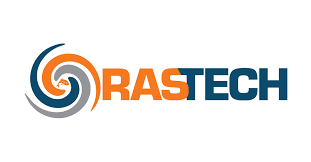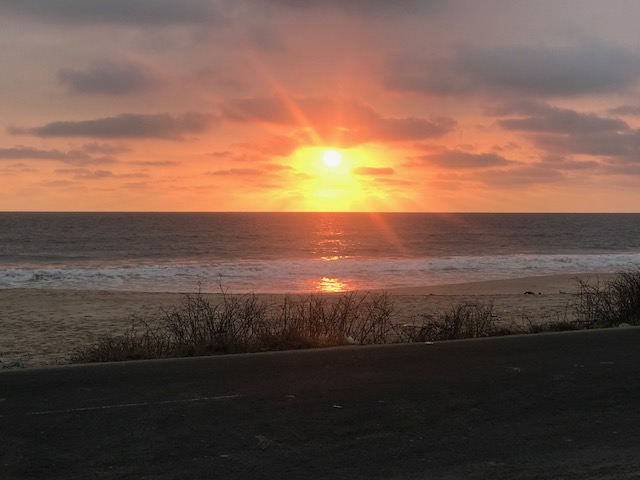September 17 2020
Feeding the Future
2020 Virtual RAS Summit
The 2020 RASTEC Summit moved online and kicked off a wonderful 2020 Virtual RAS Summit.
There were live sessions, as well as on demand sessions, and Product Demos from the sponsors. Please visit the RASTEC website to catch up on any content you may have missed. Let’s dive into the Keynote speaker, George Chamberlain’s presentation:
Feeding the Future
George Chamberlain is the President of the Global Aquaculture Alliance. He started his career in 1975 as a researcher, instructor, and extension specialist after completing his Masters and PhD at Texas A&M University. George has directed aquaculture programs at Purina and later Monsanto. In 1999 he lead the development of shrimp breeding operations for Kona Bay in multiple countries.
Now for a bit about the Global Aquaculture Alliance. They are best known for running the Best Aquaculture Practices (BAP) Certification program. They also run an amazing conference each year called goal, which will be online this year, for the first time in it’s 20 year history! They also host an academy with online aquaculture courses, and an online magazine.
Our Current Situation
George draws on data from their 2019 GOAL conference in Chennai, India. With special thanks to James Anderson, University of Florida, Ragnar Tveteras, University of Stavangar, and Ragnar Nystorl, Kontall Analyse for their contributions.
Focusing on salmon and shrimp with the limited time. We can see salmon farmers in Chile were hit harder by Covid because of their heavy reliance on food service channels for sales. Salmon farmers in Norway however suffered much less, due to the fact they had a very strong Q1, as well as less reliance on food service channels for their fresh fish. As for shrimp prices due to covid are now near their historic low from 2000. Hopefully in 2021 the prices of salmon and shrimp will increase as more food services come back online.
How will we feed the world? Food demand is expected to double by 2050, with demand for protein increasing by 30-50%! It’s not possible to meet that demand with our current production methods. We have to find ways to transform our current food production methods, as well as do this is a climate friendly way. The strong demand for seafood will continue to increase in the near and long term.
The Way Forward: Trust
To meet this seafood demand we have to inspire trust. This trust has to come from food safety, social responsibility, environmental responsibility, and animal health and welfare. We need this trust to gain market acceptance. This is where BAP certification becomes very important. The major buyers have to protect themselves and their brands and make sure that what they’re buying has 3rd party assurances and has been produced in a sustainable and responsible way. Certification is growing in importance around the world.
The Way Forward: Control and Efficiency
Taking shrimp farming for example. In the beginning there was no such thing are biosecurity or paying attention to water quality. Over time it has become more efficient and industrialized. Things such as specialized shrimp feed, pond liners, increased biosecurity, SPF shrimp, and automatic feeders have helped the industry move forward and increased productivity.
The Way Forward: Innovation and Collaborations
Since this is the RASTEC summit, lets look at water usage. (Data from Jacob Bregnballe, AVAK). Traditional flow through systems use 40,000 liters of water/kg or production. If the water is reused, it’s reduced by 80%. If we move to a basic recirc system (nitrification – removing the ammonia and nitrite) we can reduce the water usage by 95%. What about the final 5% of water usage or close to zero? To achieve that it requires denitrification. This is realistically feasible only for large operators who have economies of scale.
Advantage of RAS
With RAS you are able to optimize the environment. This lets you have control over disease. This is very important for excluding disease, but also for being able to take sick animals and heal them by putting them into a low stress environment where everything is controlled. Other important factors are water quality and temperature, since you are looking at year round growth. Lighting is another factor to be used to the advantage of RAS. Proper lighting has been shown to have an impact on many species, and can have a 20-30% improvement on growth, with the right intensity, photoperiod, and spectrum. Feed usage and automated cleaning systems can also be capitalized on in RAS.
What about Biofloc?
Biofloc is a special type of RAS. Biofloc systes began with tilapia in the 70’s and transitioned to shrimp. Instead of having bacteria on media outside the culture tank, they used small organic material (bits of excess feed, and feces suspended in the water column) that become the media for the biofilter within the tank. Biofloc is very similar to what happens to nature. Think of a leaf falling into the water. That leaf becomes colonized with arrobic heterotrophic bacteria that absorb ammonia and other nutrients from the water. The indigestible part of the plant protein, from the leaf that fell into the water, then becomes bacteria protein, which is highly digestible for culture organisms. This results in improved water quality and waste recycling.
Whitespot Syndrome in the 1990’s caused farms to switch from high water exchange systems to low exchange system. What happened when they switched? Production quadrupled! This caused a lot of farms in Asia to transition to biofloc systems. Companies today such as AquaScience in Brazil, Minh Phu n Vietnam, and Homegrown Shrimp in the US are pushing the limit on innovation and on what’s possible for recirc systems. We look forward to hearing about their success!
To learn more about Feeding the Future please visit the Global Aquaculture Alliance.
The 2020 Virtual RAS Summit was presented by Hatchery International Magazine and RASTEC.
To learn more about Industrial Plankton and how our automated live feeds equipment we can help with your next RAS project please contact us.


